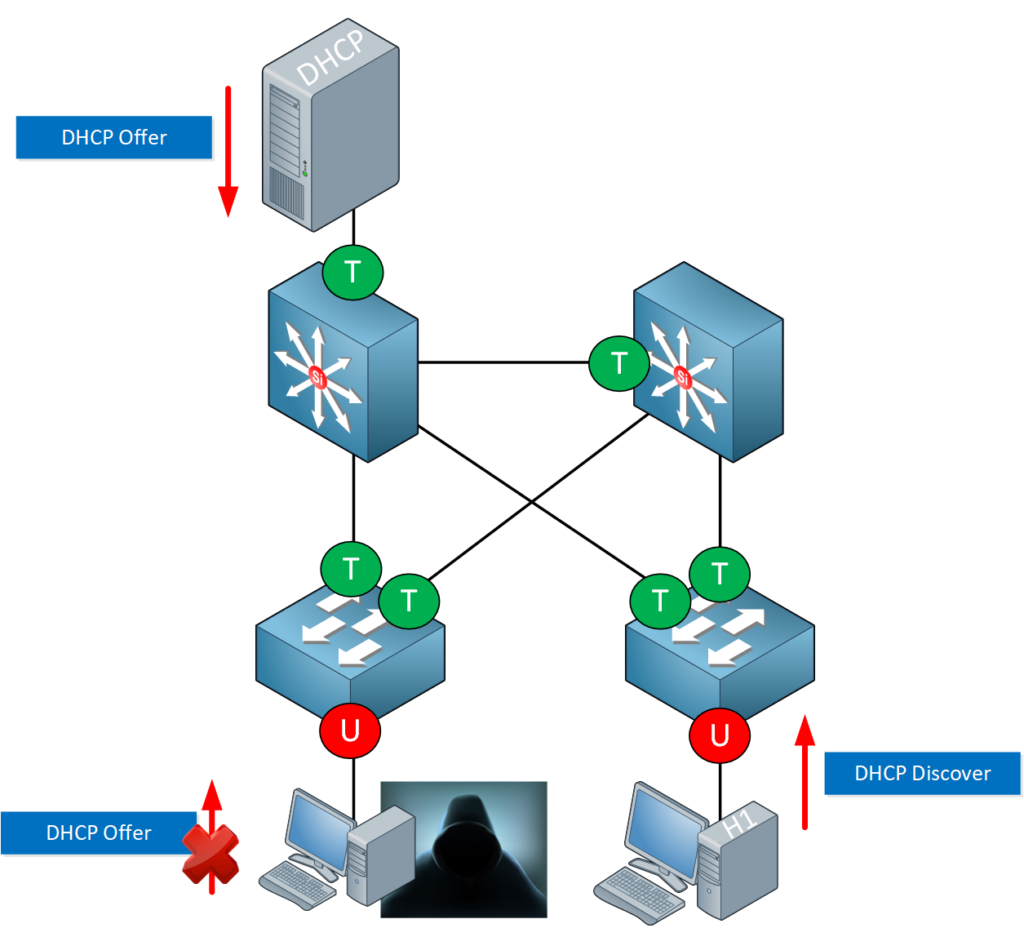Network security is an ever-growing concern for businesses, as well as private users. When setting up a network, it’s important to take the necessary precautions to ensure that your data and communications are secure. One of the most important measures you can take is to ensure that your Dynamic Host Configuration Protocol (DHCP) is properly configured and secured. That’s why in this blog post, we will discuss all you need to know about DHCP and DHCP snooping for network security. We will explain what DHCP and DHCP snooping are, how they work, why they are important, and how to implement them on your network. With these tools at your disposal, you’ll be able to keep your networks safe from malicious actors.
What is DHCP?
The Dynamic Host Configuration Protocol (DHCP) is a network protocol used to automatically assign IP addresses and other network configuration parameters to devices on a network. DHCP is commonly used in residential and corporate networks to provide automatic IP address assignment and other common network configuration tasks.
DHCP snooping is a security feature that can be configured on routers and switches to prevent malicious DHCP servers from delivering incorrect IP address assignments or other malicious configuration changes to devices on the network. DHCP snooping works by inspecting DHCP messages between clients and servers and only allowing messages from trusted DHCP servers to be forwarded.
What is DHCP Snooping?
DHCP snooping is a security feature that can be used to help protect DHCP servers and clients from malicious attacks. DHCP snooping works by examining DHCP messages as they travel between DHCP servers and clients, and then comparing the information in those messages to a database of known good values. If the information in a DHCP message does not match the values in the database, the message is considered to be suspicious and is blocked. By blocking malicious DHCP messages, DHCP snooping can help prevent attackers from being able to gain control of DHCP servers or clients, or from being able to spoof legitimate DHCP traffic.
How does DHCP Snooping work?
When DHCP snooping is enabled on a network device, the device will monitor for DHCP messages being sent across the network. If a DHCP message is detected, the device will check the message to see if it is valid. If the message is not valid, the device will drop the message and prevent it from being sent across the network.
What are the benefits of DHCP Snooping?
Assuming you have a basic understanding of what DHCP is, we will now discuss the benefits of DHCP snooping.
When it comes to network security, one of the biggest concerns is protecting against malicious actors making changes to your network configuration. This is where DHCP snooping can be extremely helpful. By only allowing known and trusted DHCP servers to make changes to your network configuration, you can greatly reduce the risk of someone making unauthorized changes that could jeopardize the security of your network.
In addition to improved security, DHCP snooping can also help improve performance and reliability. By ensuring that only legitimate DHCP servers are allowed to make changes, you can avoid potential conflicts that could arise from having multiple DHCP servers on your network. This can lead to a more stable and reliable network overall.
Overall, DHCP snooping can offer a number of benefits in terms of both security and stability for your network. If you are concerned about protecting your network from unauthorized changes or looking for ways to improve performance, DHCP snooping may be worth considering.
What are the risks of not using DHCP Snooping?
If your network does not utilize DHCP snooping, it is susceptible to a number of different types of attacks. One type of attack, known as a denial of service (DoS) attack, can render your network unusable by flooding it with requests for IP addresses. Another type of attack, called a man-in-the-middle attack, can intercept communications between devices on your network and redirect them to malicious servers. This can allow attackers to eavesdrop on sensitive information or even inject malware onto devices on your network.
Conclusion
DHCP and DHCP Snooping are two important tools for network security. They help you protect your network from malicious activity, giving you peace of mind that all your data is secure and safe from attack. By understanding the basics of how DHCP works, as well as its importance to network security, you can ensure that your organization has a secure system in place. With a little knowledge on the subject matter, anyone can have an effective setup and be prepared for any potential threats.
